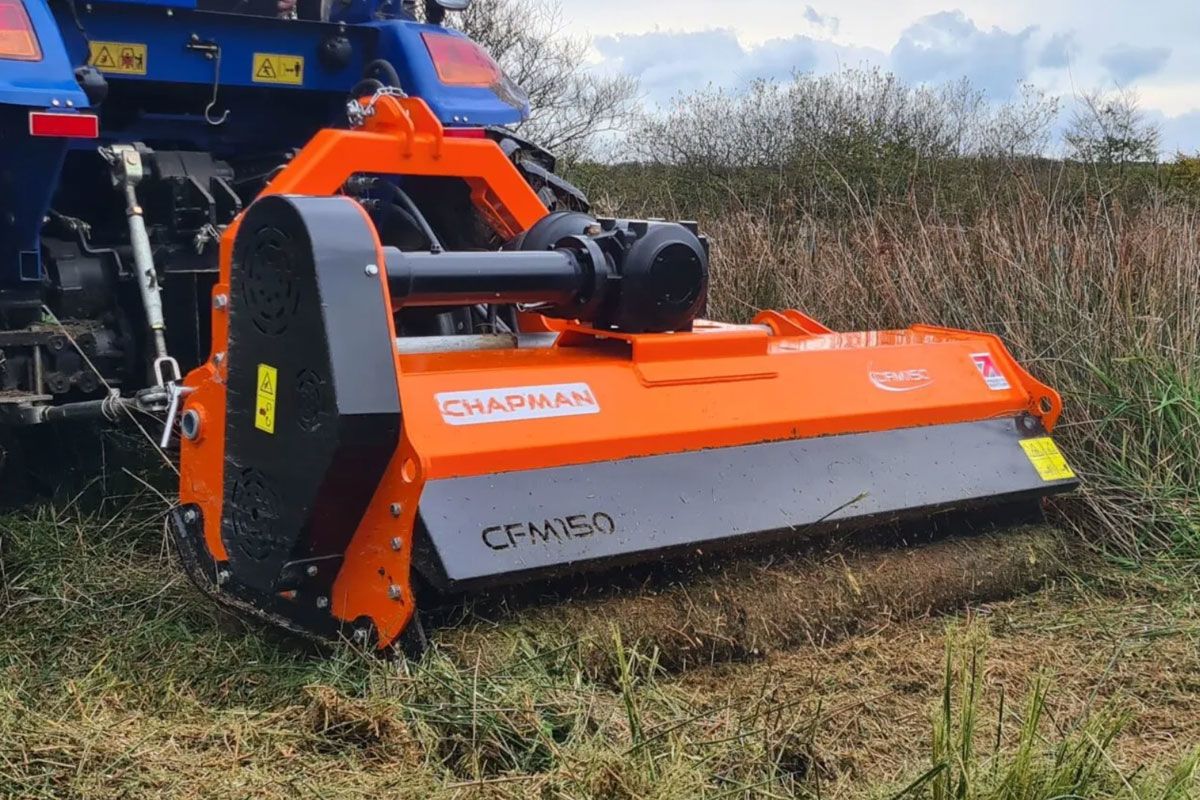
Which Is Better, a Flail Mower or a Rotary Mower?
Flail vs. rotary mowers: Choose the right one for paddock maintenance, considering cutting efficiency, safety, versatility, and quality of cut for a healthy landscape.
Comparing Flail Mowers and Rotary Mowers for Effective Land Maintenance
When deliberating between a flail and a rotary mower for maintaining paddocks and handling dense vegetation, there are several factors to consider that cater specifically to the needs and challenges encountered in such settings.
Cutting Mechanism and Efficiency: Battle of the Blades
Flail mowers utilize a series of small, swinging blades or "flails" attached to a rotating drum. This design allows them to crush and mulch vegetation rather than merely cutting it. This mechanism is especially effective in tackling overgrown vegetation, thick weeds, and small saplings. Rotary mowers, on the other hand, use fixed blades that rotate at high speeds to cut vegetation. While effective for well-maintained lawns or slight overgrowth, they struggle with denser and uneven terrain where the risk of hitting a hidden obstacle or causing scalping is higher.
Safety: Protecting Property and Animals
One of the paramount advantages of flail mowers is their enhanced safety. The design minimizes the risk of projecting stones or debris, a common hazard with rotary mowers. This aspect is crucial in paddocks where animals are present, as stray debris can cause injuries or damage to surrounding property.
Versatility: Adapting to Various Landscapes
Flail mowers are distinguished by their versatility on varied terrains and conditions. Whether you're dealing with flat ground, sloping hills, or uneven fields filled with obstacles, flail mowers handle these challenges more adeptly. They have adjustable cutting heights and are not as susceptible to damage from hidden debris, unlike rotary mowers.
Quality of Cut and Maintenance of the Land: Supporting Pasture Health
The mulching capability of flail mowers promotes healthier pastures. By slicing the vegetation finely, flails facilitate a quicker decomposition process, which returns nutrients to the soil more efficiently. This feature is particularly beneficial for pasture management because it supports grass regrowth and maintains soil health. Rotary mowers often leave behind larger, more uneven clippings, which can be less beneficial for the underlying vegetation.
Durability and Maintenance: Longevity and Cost Efficiency
Flail mowers are built to handle tougher tasks and resist wear. They tend to be more robust and require less maintenance despite their complex mechanism. Replacing individual flails can be more cost-efficient compared to dealing with damaged blades on rotary mowers.
Given these points, flail mowers emerge as the optimal choice for managing paddocks and large, uneven terrains. Their ability to safely and efficiently mulch thick vegetation, coupled with their adaptability across various landscapes and minimal maintenance requirements, aligns perfectly with the needs of someone managing large grasslands or paddocks. Thus, for paddock owners and those dealing with challenging landscapes, the flail mower not only offers superior performance but also enhances the safety and health of the managed areas.







